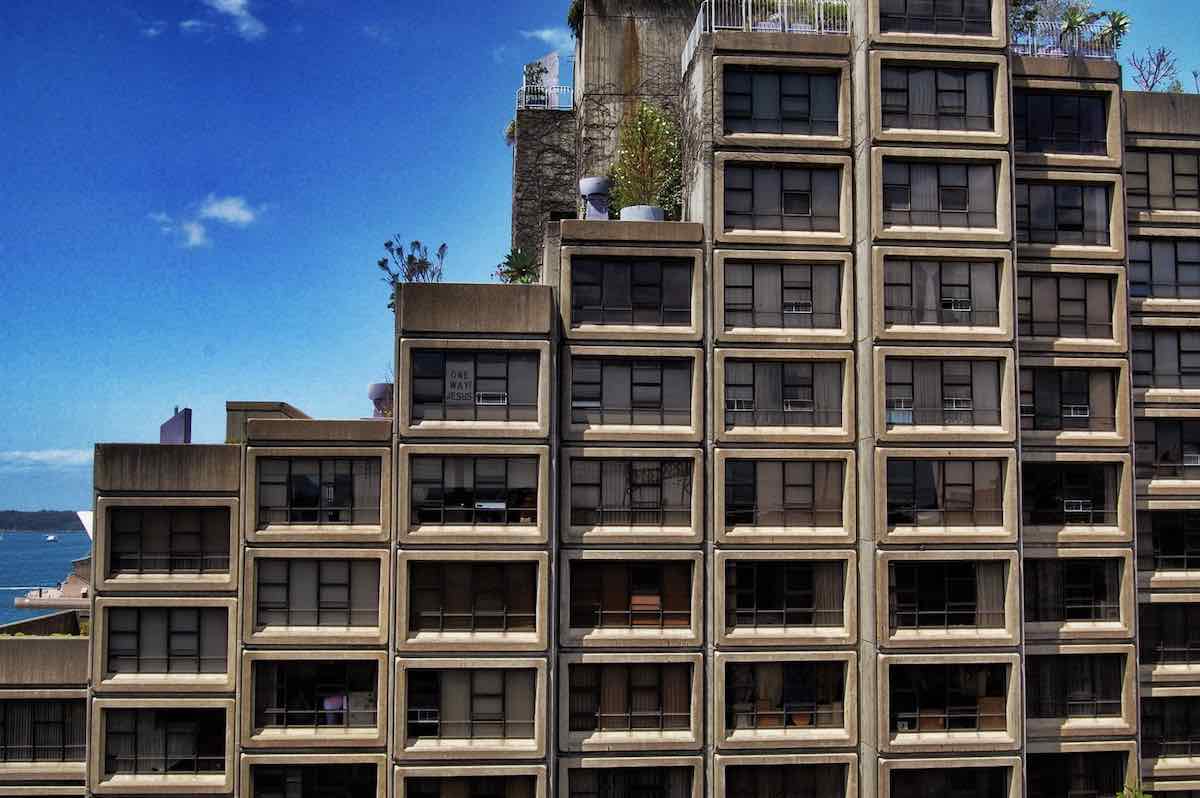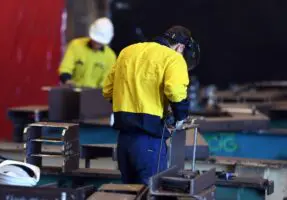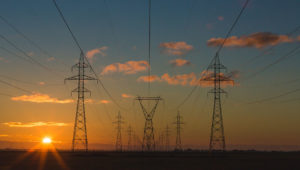NSW is the latest state to take aim at embedded networks, with new rules to limit price-gouging and give low income earners access to government aid.
The new rules are expected to be in place by the end of the year and benefit about 150,000 people, a spokesperson for NSW treasurer and minister for energy Matt Kean told RenewEconomy.
The Independent Pricing and Regulatory Tribunal (IPART) will set a maximum price for gas and for hot and chilled water supplied through embedded networks and review whether those prices should be below the default market offer for electricity in the National Energy Market (NEM).
The government will ask IPART to consider whether it should ban new embedded networks for water and ask the AER to only approve new ones if they are in the interests of consumers.
The proposed changes will also give people on low incomes who live within an embedded network site access to NSW government rebates and bill assistance worth up to $1600 a year.
“Whether you’re living in a free-standing home, or in an apartment block, caravan park or retirement village, every family should be able to access essential services at a fair price,” Kean said.
“These reforms will help ensure that embedded network customers are no longer disadvantaged simply because of where they choose to live.”
NSW review finds big problems
Embedded networks are private energy networks which on-sell energy from retailers to households and small businesses in multiple premises like apartment blocks, retirement villages, caravan parks and shopping centres.
The NSW Energy and Water Ombudsman estimates that some 95,400 households live in residences with electricity embedded networks and some 64,000 are hot water embedded network customers.
A NSW government review into the area last year found embedded networks could be unfair and create safety issues.
“NSW residents have received unreasonably high bills, particularly for hot water embedded network services. For example, one witness had received a bill for $2000 for a 9-month period, and their neighbour had received a bill for $9700 for a period of less than 18 months,” the review reported in November.
“High bills may also have a profound effect on the most vulnerable in our community, such as people with disability, who may rely on energy services to maintain their health and safety. Further, there are physical safety risks associated with high voltage connections in larger embedded networks. The Committee heard that the increased number of large embedded networks requesting access to the grid means that current safety regulations are no longer fit for purpose.
“There are currently no requirements to disclose that a property is in an embedded network before purchase… The Committee considered this an unreasonable lack of disclosure and transparency…. recommended that the NSW Government consider regulating embedded network contract provisions, including the term of the contract and conditions of termination, to ensure they are not unduly burdensome for consumers.”
Embedded energy is big business
Embedded networks became a lucrative business model for building developers, but high charges and unfair terms are spurring governments into regulation.
Victoria is banning new embedded networks from this year and capped prices within existing ones under the Victorian Default Offer in 2020.
But reforms to protect residents aren’t all positive. Proponents of renewable energy sources for apartments, however, suggest Victoria’s ban may cut off access to electric vehicle infrastructure and solar panels.
The trouble with embedded networks began when the AER created exemptions for all embedded electricity network suppliers in 2018 from registering as an authorised retailer, because selling power was an incidental part of their business. Until then, exemptions were offered on a case-by-case basis.
But come 2023, the AER’s list of exempt networks has ballooned to 3614.
The Australian Energy Market Commission (AEMC) issued draft rule changes for embedded networks in 2019, such as requiring transparent pricing and allowing customers to switch retailers easily — but they have never gone anywhere.










